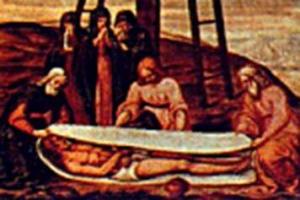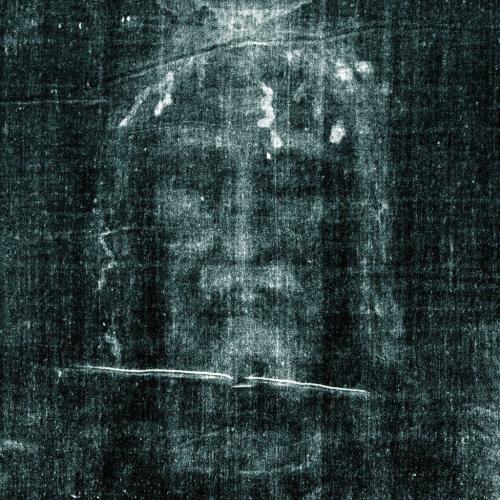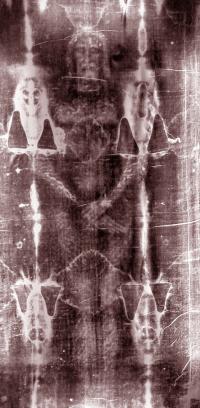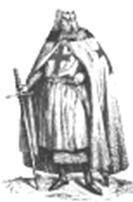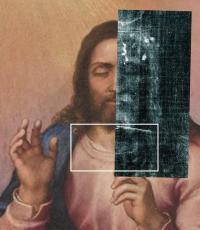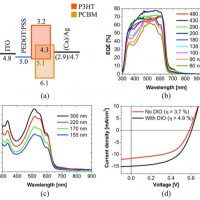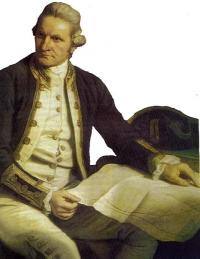The Shroud
The Shroud: introduction

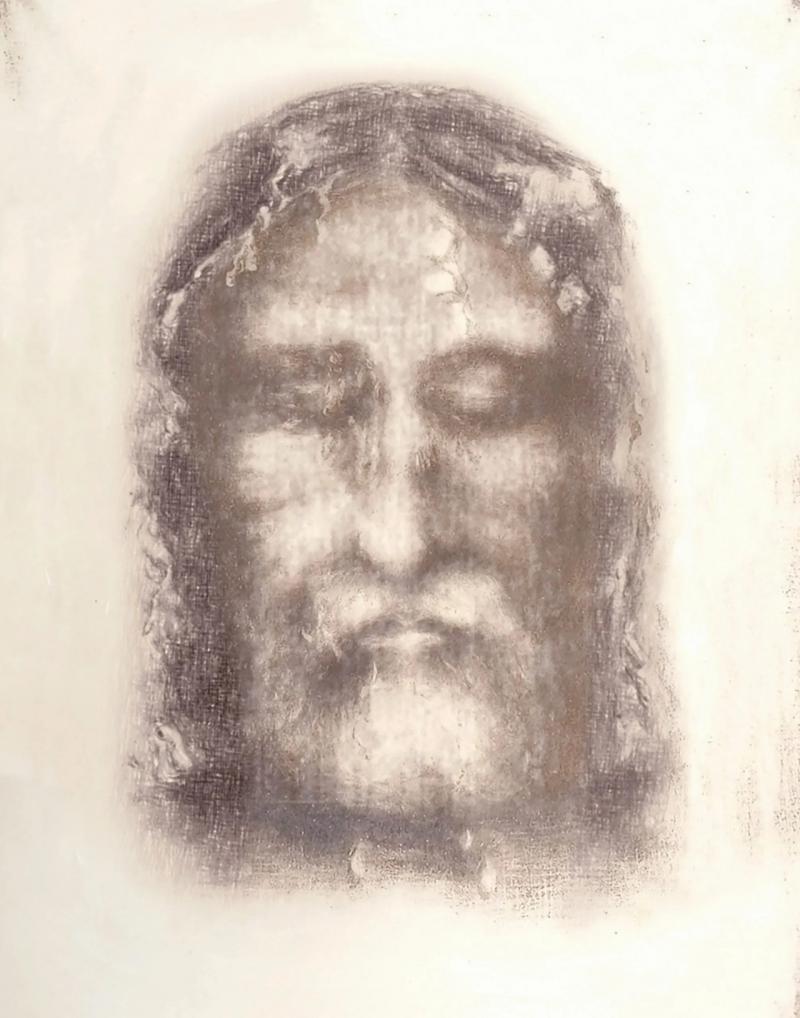
"The debate on the Shroud does not divide the participants between believers and non-believers in Christ. ... faith is not challenged in the first instance by the Shroud.Sincere believers do not need its authenticity for their faith which is based on other foundations "
This is how Orazio Petrosillo and Emanuela Marinelli express themselves in their introduction to “The Shroud - Story of an enigma” and not wrongly. It could be added that there is no need to base one's faith on the authenticity of a cloth. For the same reason we do not believe that the true Christian is in the least shaken by the vision of the face of Jesus in the version recently made on the computer by a group of English scientists for the BBC network, a face modeled with clay by the University expert of Manchester, Richard Neave and published by the Times weekly.
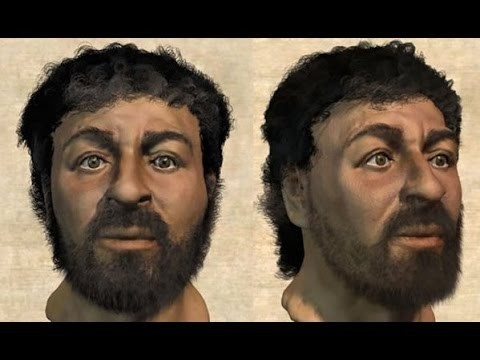
Yet the image that came out of it is totally different from the face of that Jesus to whom the Western world has been accustomed for two millennia; the hieratic image, now intense, now dramatic, now delicate, has given way to the image of a man with a dark complexion, full cheeks and a pronounced nose, an ordinary man, a face common to many Middle Eastern shepherds. And who knows that this man of the tribe of Judah who was born in a hut was not really like that!?
But if the man of faith does not need to know the true face of Christ to believe in his message, perhaps instead Christianity needs to ask itself whether to continue to see in the man of the Shroud that Christ scourged, beaten and killed on the cross, perhaps he needs to know at least whether that sheet is to be considered as a relic, like the shroud that wrapped the body of Jesus or like any sheet with any man imprinted on it.
One thing that seems to coincide today is that, in the light of the analyzes made in 1988, the results of Carbon 14 date the Shroud between 1260 and 1390 AD, a period coinciding with the exposure of the same made for the first time publicly in Lirey, in the diocese of Troyes, precisely between 1353 and 1356 by Geoffroi de Charny. The historical veracity of the fact is confirmed by a bull that Clement VII issued in 1390 in which it was stated that it was the father of Geoffroi de Charny II who exhibited a representation of the shroud of Our Lord in Lirey and by a lead medallion bearing the engraving of the Shroud completely extended; the medallion features two coats of arms, that of Geoffroi de Charny I and his wife Jeanne de Vergy.
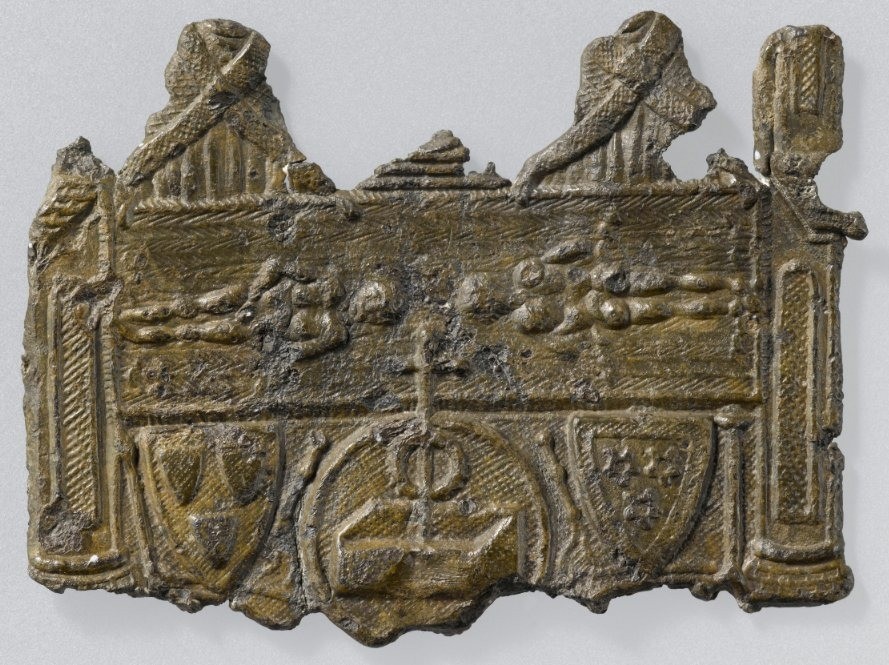
It is good to add at this point that already at the time the image imprinted on the sheet did not seem to be considered authentic, so much so that there was a protest memorial sent in 1389 by the bishop of Troyes, in whose jurisdiction Lirey, to the antipope Clemente, fell. VII in which the exposition of the Shroud was condemned as it was considered false. And the pontiff seemed more than endorsing not to take the matter too much into consideration, so much so that the bull speaks of "quandam figuram sive represenctacionem Sudarii Domini nostra .." or a certain figure or representation of the Sudarium of our Lord. It is that "quandam", or that "a certain", that indefinite adjective that suggests how little a pope took into consideration what he should have considered one of the greatest and most venerable relics. This may at least make us reflect and we should perhaps investigate what was the reason why this antipope may have had so little to heart Christianity for giving so little consideration to what could have been the true image of Christ.
So is the Shroud a medieval forgery as the carbon 14 dating would like?
Faced with this enigma, we all feel like Saint Augustine faced with pouring out the sea with a shell in a small hole dug in the sand.
And it was precisely St. Augustine the Doctor of the Church who already in the fourth century complained that there were countless portraits of Christ very different from each other precisely because there was no literary or visual information on the exterior of Jesus. St. Augustine himself did not recognize any importance to the various representative images of Christ, including that of Edessa. And this leads us to a further consideration, namely the consideration that if Jesus had actually left an image of him on the shroud, the evangelists would certainly not have avoided underlining the thing, as they did for the resurrection of Lazarus or for other similar miracles and above all not the iconoclastic struggle would have been unleashed which, we recall, was violent between the 8th and 9th centuries, so much so that the Council of Constantinople in 754 declared the sacred images a pagan idolatry. Here too the observation that this would not have happened if there had been a Shroud imprinted with the face of Christ is valid!
But the fact remains; we have a body on a sheet, a body that shows evident signs of beating, of whipping, of crucifixion, in short, a body that seems to represent in everything the last hours of the life of Our Lord Jesus Christ. Even the right inclination and natural bleeding from beating or flogging or lance or nailing wounds have been examined and studied but ... if we are to be rational, a body washed and sprinkled with myrrh and aloe, as would appear from the examination of the sheet, can not leave such abundant traces of blood.
So what to deduce? perhaps that, as some want, the all-medieval effigy on the sheet is the effigy of the last Grand Master of the Templars De Molay burned at the stake in 1314? pity that, as also shown in a miniature of 1340 ca. preserved in the Vatican Library, both Jaques De Molay and the Preceptor of Normandy Geoffroy de Charny, burned at the stake with him, have the beard and the typical monastic tonsure typical of the Order. Someone points out that the tonsure was only apical, but the drawing would still give us an image that discards the possibility of a long hair. And, speaking of long hair, what about the fact that St. Paul, in a letter from him, speaks of the "long-haired" as unworthy people? how could he speak thus of his Master of him?
All that remains is the fascinating consideration that someone or rather a group of medieval alchemists wanted to "repeat" the event, recreate the situation in order to create a realistic representation of a relic which, not surprisingly, is the most controversial and venerated of the catholic world.
These are just some reflections; now we will try to draw as clear a picture as possible on the history and on the issues concerning.









